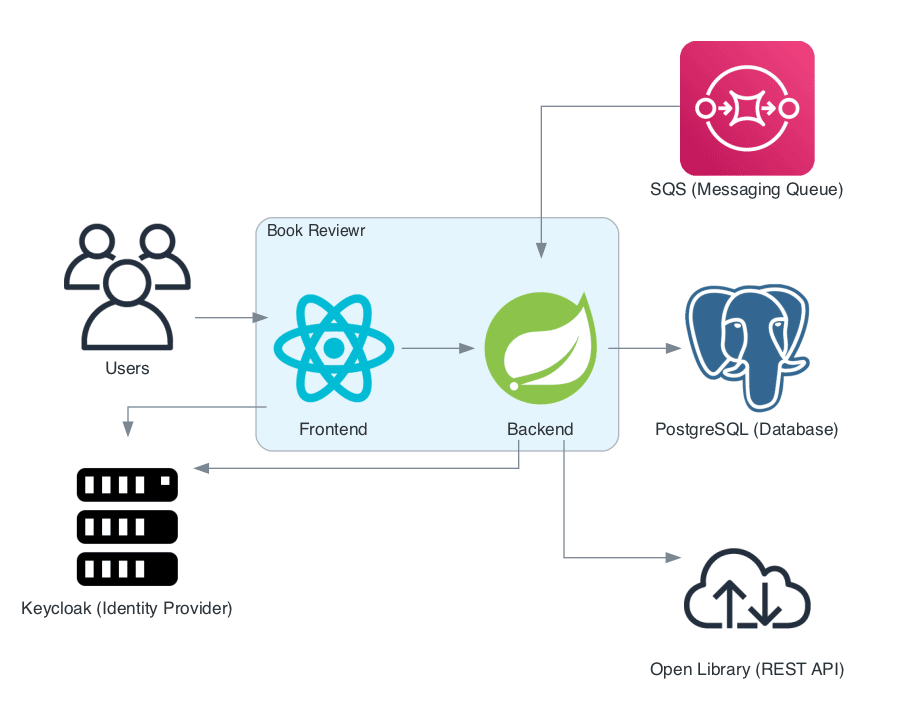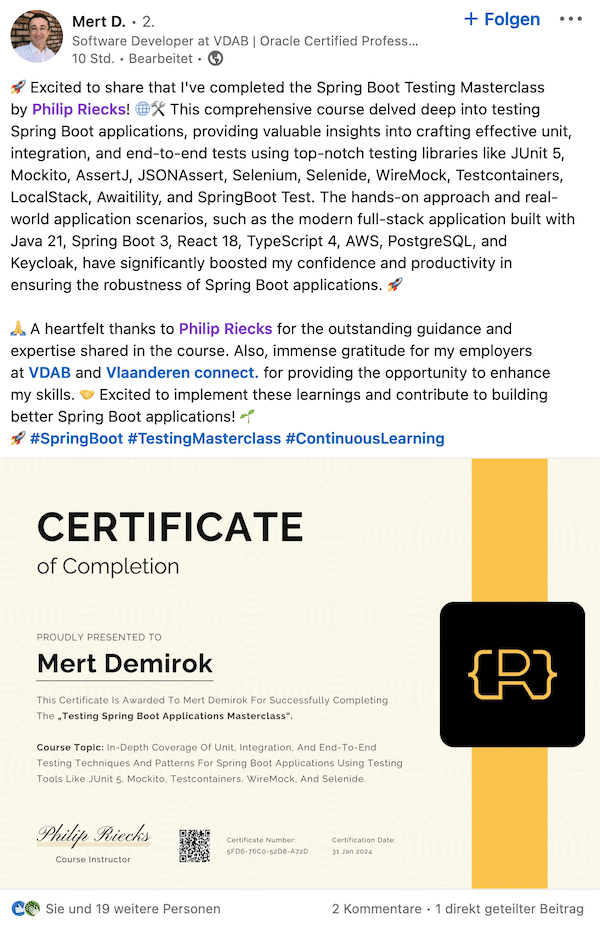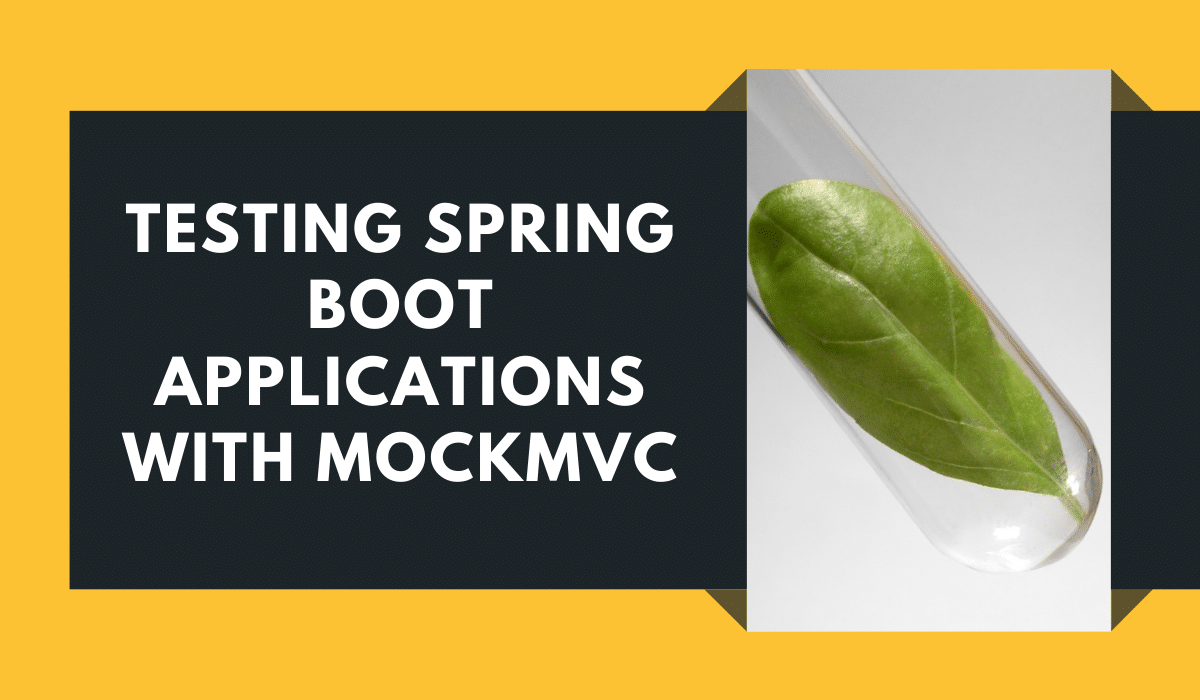There are so many great libraries and techniques out there for the Java ecosystem when it comes to testing. Mastering them all, right after you understand the basics about Spring Boot, is hard.
Testing is joyful once you are familiar with all the great tools you have access to: JUnit, Mockito, AssertJ, Hamcrest, JsonPath, JSONAssert, Testcontainers, Selenium, LocalStack, Awaitility, and not to forget the whole Spring Testing support.
Especially with Spring Boot you get so much functionality when it comes to testing. What you need are recipes to tackle testing different parts of your applications and then apply them.
This Testing Spring Boot applications Masterclass is all about making you an expert when it comes to testing Spring Boot applications in an efficient way.




































